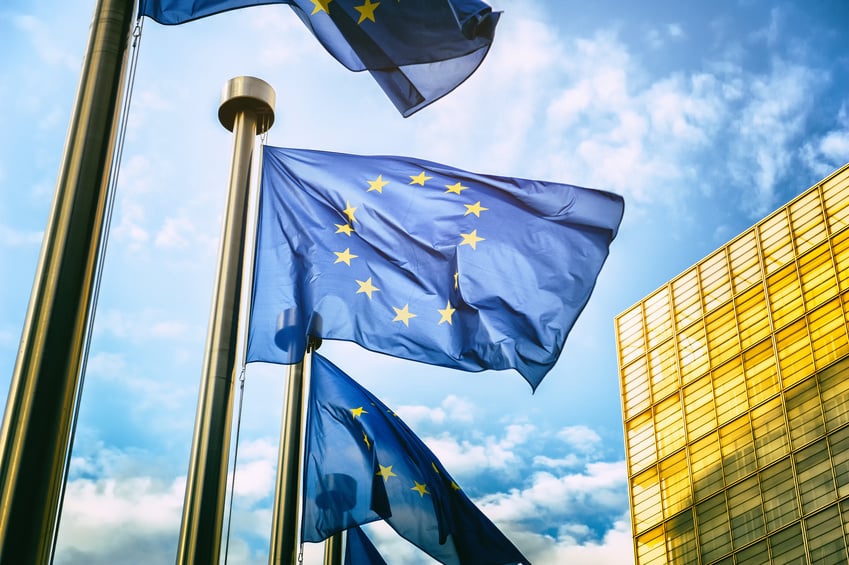On 24 January 2017, the European Parliament’s Committee on International Trade (INTA) approved the final compromise text of the EU’s long awaited Conflict Minerals Regulation. This paves the way for the text to be formally adopted by the EU institutions in the coming months, with the Parliament expected to vote on the legislation in early March 2017. The text mirrors the political understanding announced by the European Parliament and Council in June 2016, imposing a mandatory supply chain due diligence obligation, conducted according to the OECD Due Diligence Guidance for Responsible Supply Chains, on EU importers of tin, tungsten, tantalum and gold (3TG) and their ores from conflict- affected and high-risk areas.
Who is affected?
The mandatory due diligence obligation applies to importers of minerals or metals from conflict-affected and high-risk areas which contain or consist of the 3TG minerals and ores, as determined by reference to a list of Combined Nomenclature (CN) codes set out in the Annexes to the Regulation. To avoid imposing obligations on very small importers (such as jewellery makers) the Regulation will not apply to those importing quantities below certain minimum annual volume thresholds. These annual volume thresholds are low with the intention of ensuring that 95% of imported minerals are still caught by the regime.
The Regulation does not cover downstream companies that manufacture or import products containing 3TG such as mobile phones and computers. However, we understand that the Commission plans to include conflict minerals reporting requirements in its non-legally binding guidelines to accompany the Non-Financial Reporting Directive (2014/95/EU). This Directive requires large public-interest entities (for example certain listed companies) with more than 500 employees to produce a “non-financial statement” containing information on environmental, social and employee matters, respect for human rights, anti-corruption and bribery matters. According to the Directive, the Commission should have published these guidelines in December 2016 but the Commission’s website currently states that they will be published as soon as possible in Spring 2017.
Key aspects of the Conflict Minerals Regulation
- Like the Commission’s original proposal, the Regulation will have an open geographic scope and not be limited to minerals sourced from specific One of the rationales behind this approach is to ensure that the legislation does not become out of date as a result of sudden political changes and developments. However, to help provide certainty for companies the Regulation requires the Commission to prepare a non-binding handbook explaining how to identify conflict-affected and high-risk areas. Indicative and non-exhaustive lists of such countries and areas will also be provided.
- To ensure consistency with existing schemes and legislation, the obligations imposed on importers are aligned with the 5-step framework of the OECD Due Diligence The Regulation also acknowledges that existing or future supply chain due diligence schemes, which use independent third parties to accredit or certify smelters and refiners as responsible sources of minerals, can contribute to achieving the aims of the Regulation. As such, it provides for a mechanism for the Commission to approve these schemes.
- The Commission will adopt and keep up to date an implementing decision which contains a global list of responsible smelters and refiners, in cooperation with the OECD. This list will take into account the supply chain due diligence schemes approved by the Commission and aims to provide transparency and certainty to downstream companies as regards supply chain due diligence practices.
Timing
The supply chain due diligence obligation will apply from 21 January 2021. This will allow for a transitional period for the establishment of Member States’ competent authorities, the recognition of supply chain due diligence schemes and for importers to become familiar with their obligations.
Two years after the application date (ie by 21 January 2023) the Commission must review the functioning and effectiveness of the Regulation. Notably, this review must include an assessment of the proportion of total downstream operators in the EU with 3TG in their supply chains and consider whether additional mandatory measures are required in order to ensure that the EU market has sufficient leverage to influence responsible global supply chains of 3TG minerals.
Commentary
The published text follows lengthy negotiations between the EU institutions after the Commission published its initial proposal back in March 2014. While the Parliament was successful in converting the original voluntary self-certification scheme proposed by the Commission into a mandatory requirement, it did not manage to broaden the obligations so as to capture downstream companies. However, there is obviously a clear intention to encourage those downstream companies to take steps voluntarily to eradicate conflict minerals from their supply chains. Moreover, the review clause in the legislation leaves open the possibility of expanding the regime to impose mandatory obligations on additional supply chain entities at some point in the future.



